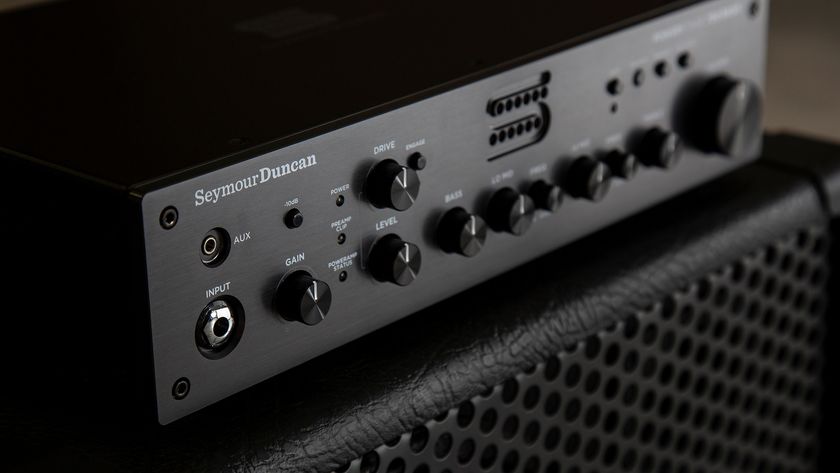Review: Seymour Duncan Palladium Gain Stage Pedal
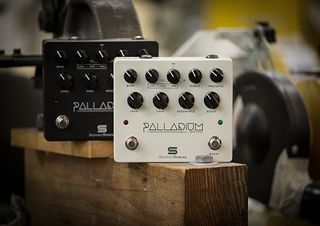
GOLD AWARD
We’re all familiar with stomp boxes designed to sound like tube circuitry, but most of these pedals really just enhance the sound of the tube amps they’re already plugged into instead of actually sounding like tubes.
Seymour Duncan’s new Palladium Gain Stage pedal is one of the few rare exceptions, featuring a versatile distortion and tone-shaping circuit that not only sounds like a tube amp but feels like one too.
As a result, the Palladium sounds as good driving the front end of an already overdriven tube amp as it does plugged directly into a power amp and used as a preamp.
FEATURES
With nine knobs on its front panel, the Palladium offers a selection of controls that rivals those found on many modern tube amps. In fact, in some ways it outdoes them, primarily thanks to the extra versatility of its semi-parametric midrange section, which provides a Frequency knob for selecting any midrange frequency between 255Hz to 1.1kHz and a separate midrange Level control. There are also amp-like Bass, Treble, and Presence EQ knobs plus a Resonance control that allows users to dial in the enhanced low-end thump of a 4x12 speaker cabinet. Like any good distortion pedal, the Palladium also includes the requisite Level and Gain knobs, and it has a separate knob for dialing in the gain level of the footswitchable Boost function.
The footswitch on the left is a hardwired true bypass on/off switch with a red LED that illuminates brightly when the effect is on, while the footswitch on the right engages the Boost function and a corresponding green LED. The mono input and output jacks are professional quality and are located out of the way at the back of the pedal. The Palladium operates with any 9- to 18-volt DC center negative power supply (no battery operation).
Get The Pick Newsletter
All the latest guitar news, interviews, lessons, reviews, deals and more, direct to your inbox!
PERFORMANCE
Because the Palladium’s controls are essentially identical to those found on most amps these days, it’s very easy to dial in any desired distortion tone or texture. The EQ section is active, providing +/-15dB of boost/cut at 100Hz for Bass, +/-12dB of boost/cut for Mid, +/-13dB of boost/cut at 2.7kHz for Treble, and +/-13dB of boost/cut at 5.2kHz for Presence. Most guitarists will find these EQ frequencies ideal for dialing in tones suitable for any style of music from blues and classic rock to high-gain modern metal. The EQ generally sounds the best with the knobs dialed between 9 to 3 o’clock, although more extreme boost or cut settings can compensate for an overly dark or bright sounding amp or speakers used with the pedal.
Whereas many “tube” pedals actually sound stiff and compressed, the Palladium responds to the dynamics of your playing, so overdrive tones can become more distorted as you play forcefully and cleaner as you play lightly or turn down your guitar’s volume knob. Similarly, most pedals sound harsh and one-dimensional when plugged directly into a power amp, but the Palladium turns even the most unforgiving solid-state power amp into a warm, expressive guitar amp with all of the harmonic complexity and richness of a dedicated guitar amp. Guitarists can even plug the Palladium directly into a recording console and achieve impressive tones, although a speaker simulator is also needed to achieve the most ideal, lifelike results.
The Boost function summons smooth, sustaining lead tones, particularly when the Gain knob is cranked up past 12 o’clock. Like many distortion/overdrive pedals offered these days, the Palladium can provide a transparent clean boost that will push an already overdriven tube amp into a sweet spot at lower volume levels, but it’s most effective when used like an additional channel added to your amp.STREET PRICE: $299
MANUFACTURER: Seymour Duncan, seymourduncan.com
• The versatile EQ controls provide varying levels of boost/cut finely tuned to frequencies ideal for most overdriven and distorted guitar tones.
• The Resonance control makes the bass heavier but also tighter, replicating the tonality of a closed-back 4x12 speaker cabinet.
THE BOTTOM LINE: The Palladium Gain Stage pedals offers impressive tonal versatility and dynamic responsiveness similar to a tube amp with a wide rainbow of tones from overdrive crunch to saturated high-gain distortion.
Chris is the co-author of Eruption - Conversations with Eddie Van Halen. He is a 40-year music industry veteran who started at Boardwalk Entertainment (Joan Jett, Night Ranger) and Roland US before becoming a guitar journalist in 1991. He has interviewed more than 600 artists, written more than 1,400 product reviews and contributed to Jeff Beck’s Beck 01: Hot Rods and Rock & Roll and Eric Clapton’s Six String Stories.

“If your taste in fuzz leans toward the extreme, Gary has the personality to remain your lifelong best friend”: EarthQuaker Devices Gary review
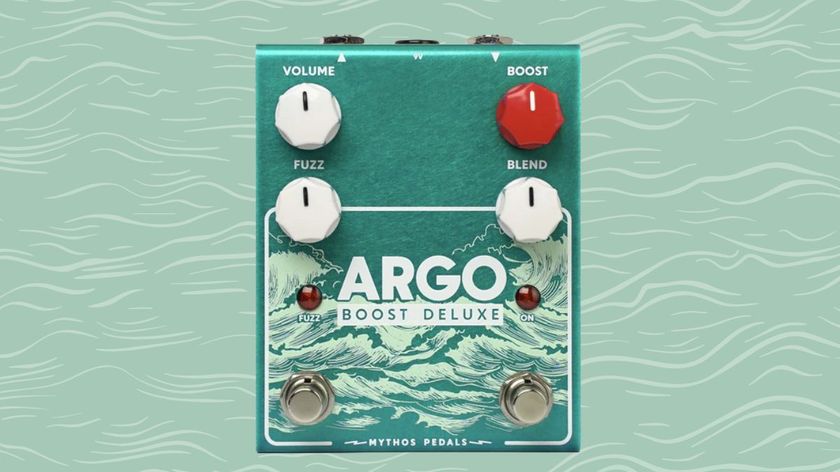
“All of a sudden, my occasional-use pedal has gone to something that can live on the ’board”: That Pedal Show’s Mick Taylor sparks inspired change that sees the Argo Boost Deluxe serve octave fuzz and boost tones in one unit

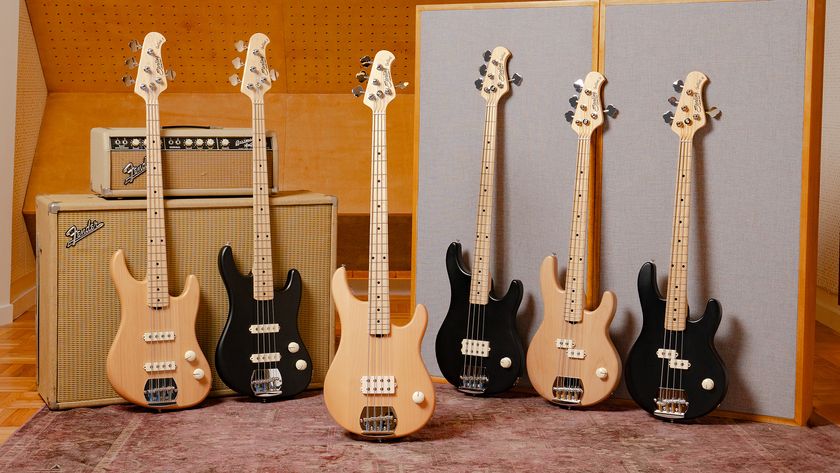




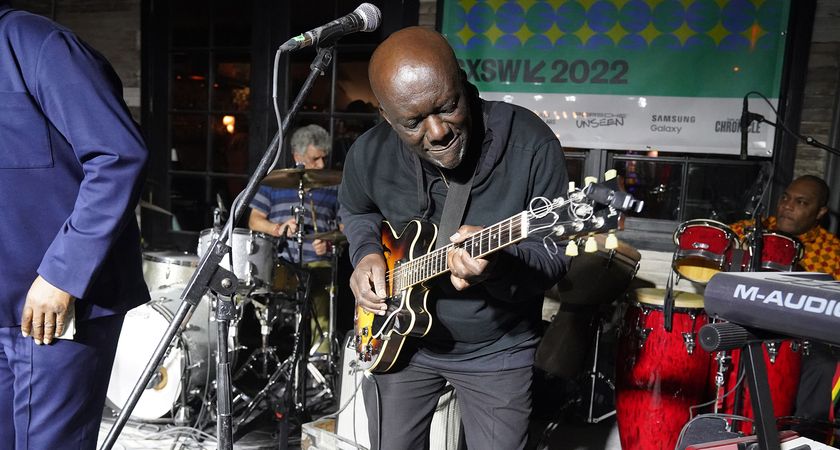
![[L-R] George Harrison, Aashish Khan and John Barham collaborate in the studio](https://cdn.mos.cms.futurecdn.net/VANJajEM56nLiJATg4P5Po-840-80.jpg)
